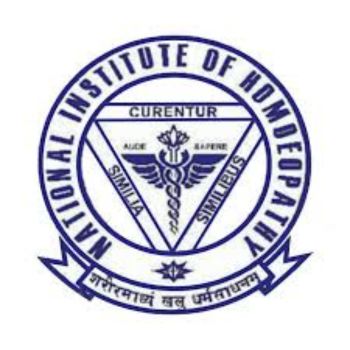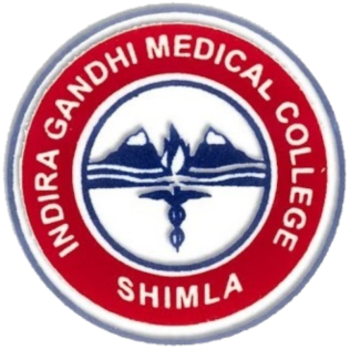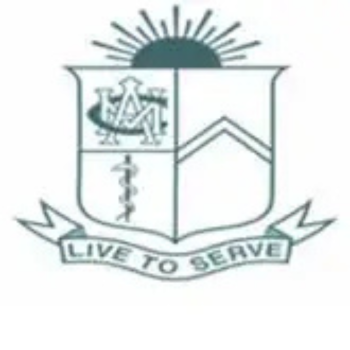Sri Venkateswara Institute of Medical Sciences (SVIMS) Tirupati stands as a prominent institution in India's medical education landscape, established in 1993 and recognized for its academic rigor and industry-aligned training. The institute's placement outcomes reflect a dynamic interplay of course specializations, industry demand, and evolving healthcare sector trends.
Table of Contents
SVIMS-Placement Overview
| Particulars | Placement Statistics | Placement Statistics |
| Total students | 193 | 195 |
| Students placed | 174 | 129 |
| Median package | ₹6.51 LPA | ₹2.01 LPA |
| Total students | 70 | 59 |
| Students placed | 69 | 57 |
| Median package | ₹6.71 LPA | ₹5.65 LPA |
SVIMS- Analysis of Placement Trends
The data indicates notable shifts between 2021 and
Undergraduate paramedical placements saw a reduction in both placement rates (90% to 66%) and median salaries (₹6.51 LPA to ₹2.01 LPA). Postgraduate courses demonstrated greater resilience, with marginal declines in placement rates (98% to 96%) and median compensation (₹6.71 LPA to ₹5.65 LPA). This divergence underscores the premium placed on advanced qualifications within healthcare ecosystems.
SVIMS- Institutional Placement Framework
SVIMS maintains a dedicated placement cell that orchestrates industry engagement through structured initiatives:
- Recruiter Partnerships: Leading healthcare providers, diagnostic chains, and biomedical firms regularly participate in campus drives. Organizations such as Apollo Hospitals, Fortis Healthcare, and diagnostic majors feature among prominent recruiters.
- Skill Augmentation: Pre-placement workshops focus on technical competencies, communication skills, and emerging healthcare technologies to enhance student readiness.
- Career Diversification: Graduates explore roles beyond clinical practice, including medical research, healthcare IT, pharmaceutical sales, and public health management.
SVIMS- Sectoral Opportunities and Trajectories
The healthcare industry's expansion fuels demand for SVIMS graduates across multiple domains:
- Paramedical Specializations: Medical lab technologists, physiotherapists, and radiography experts witness consistent recruitment, particularly in corporate hospital chains expanding tier-2 and tier-3 operations.
- Postgraduate Advantage: Advanced degree holders command higher compensation, often securing leadership roles in clinical research, hospital administration, and specialized therapy units.
- Entrepreneurial Pathways: Growing emphasis on preventive healthcare and rehabilitation services enables ventures in wellness centers and diagnostic startups.
SVIMS- Comparative Institutional Positioning
Within India's medical education matrix, SVIMS maintains competitive placement metrics relative to peer institutions. Its integration with tertiary care hospitals provides students with practical exposure, a factor increasingly prioritized by employers. The institute's autonomous status facilitates curriculum adaptations aligned with industry requirements, particularly in emerging fields like telemedicine and AI-assisted diagnostics.
SVIMS- Future Outlook
Healthcare sector projections indicate accelerated demand for skilled professionals, driven by medical tourism expansion, digital health adoption, and geriatric care needs. Institutions emphasizing interdisciplinary training integrating clinical expertise with data analytics and patient management systems are poised to enhance










